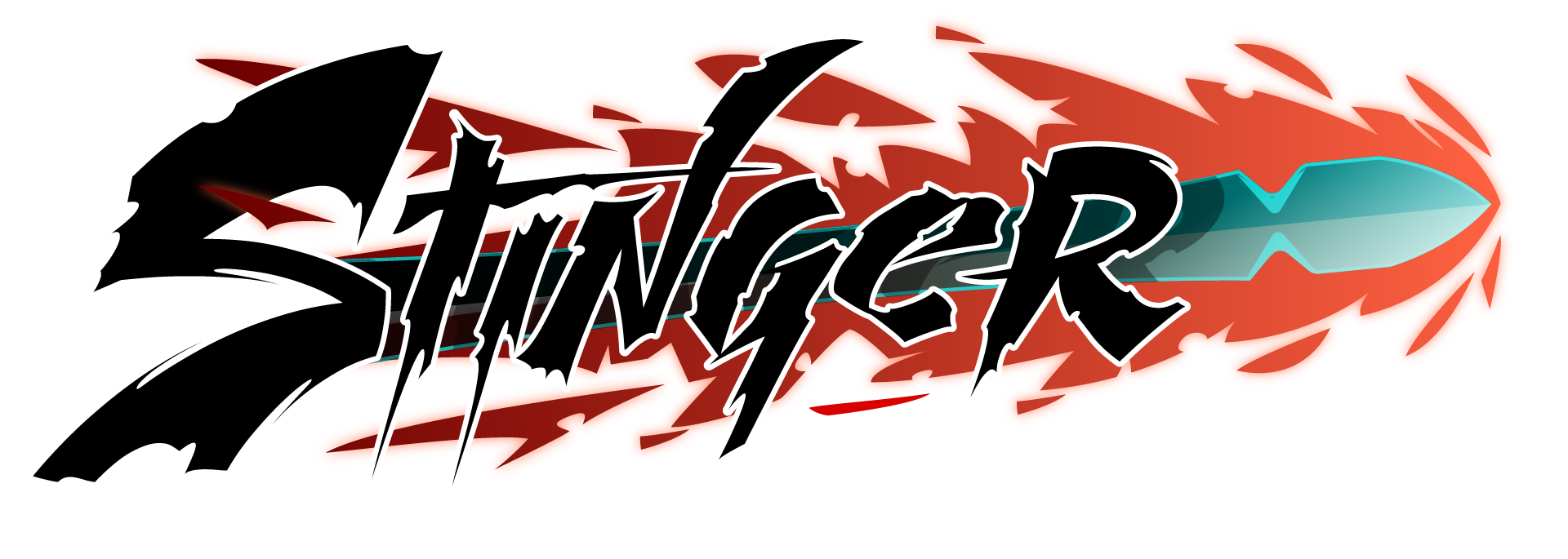It might be hard to believe that at E3 2010 reporters were passing by a trailer of a fantasy game that to them seemed bare bones and by-the-numbers, with only some looking up to raise an eyebrow and wonder, “what am I looking at”? That title became Demon’s Souls – by FromSoftware, Inc. – and it revived many trends and tropes in the hobby while also taking new steps of its own.
Fast forward eight years filled with spiritual successors, sequels, spin-offs, board games, manga, content-creators, fan-art, memes and even spawning its own sub-genre called the ‘Souls-like’, and we see those same reporters willingly standing in line with the fans for a chance to glimpse the newest entry from FromSoftware’s hand.
The company, their games and also their fanbase have come a long way.
Announced in 2018 and planned for a March 2019 release,
Sekiro: Shadows Die Twice seems to take a wide berth from where it came from. Many have labeled it as a change of the formula, with elements like interchangeable armor, player stats, character builds, the titular souls-mechanic and many other features being absent; calling the game either a step forward into a bold new direction, or proclaiming it as a coming disaster. But a question one might ask:
are those elements really what made Souls, well, Souls?

In a nutshell the current series of games FromSoftware directed by Hidetaki Miyazaki has two core values, as noted by its creator and his inspirations. It sports a world that begs to be explored both in its gameplay but also its mythology (1), and gives a wondrous sense of accomplishment when obstacles are conquered (2). This is why, for instance, these games aimed to avoid difficulty-settings as they would rob certain players of that feeling of accomplishment: a core value.
All that remains around these core values is like surplus fat around a bone, it adds meat to the title but it does not define it. Sekiro: Shadows Die Twice trims the fat and replaces it with a new flavor while keeping the core intact. Miyazaki himself noted that despite Sekiro being harder “we also want as many people as possible to experience the pleasure of overcoming a challenge,” once again showing where the focus lies.
Just as the mythos of Sekiro dives deep into the history of FromSoftware’s own country, so does its gameplay look towards its own almost forgotten roots, albeit more subtlety. While some parties call the changes and additions “a step forward”, in a sense Sekiro is moving forward through the past.
For starters the stamina system is gone instead making way for a energy meter called ‘posture’ (恰好) that fuels your defenses, a trait shared with most of your foes like in
Bujingai’s (武刃街) sword fighting mechanics from 2003 where blows exchanged deplete a defense gauge, and only when it has been emptied can a foe be punished.
This emphasis on warding off attacks instead of dodging them was seen in other older titles as well, such as the ‘Issen’ (一戦) technique from Onimusha: Warlords (鬼武者), where pressing the attack button just before an enemy’s slash hits you sees the player killing the foe instantly. Rewarding not just knowledge of the game but also the reactions of the player.
Sekiro also sees a returned focus on a singular blade, supported only by extras instead of an expanded repertoire. A ‘
less is more’ style of design as infamously done in 2002’s
忍Shinobi and later sequel where additions to your arsenal were just that, additions, not replacements.
Other changes to the Souls formula see the once emphasized dodge make room for a jump as a main re-positioning tool. 2001 saw jumps make their return as a defensive option when director Kamiya noticed testers pressing jump in Devil May Cry instead of using the more complex dodge. As a result he decided to make the jump the main defensive tool, a design choice present in Beat ‘m Ups of old such as Sengoku (戦国伝承), Guardian Heroes and its ilk that inspired him.
This jump, paired with the grappling hook, also heralds a returned emphasis of movement in combat sorely missing since Ninja Gaiden Black from 2005 where movement within the terrain, across walls and even on enemies could give vast advantages in how engagements played out. The dream of dodging an attack, jumping towards another ninja and grappling into him for a slash are a reality within Sekiro.

But FromSoftware also looks inwards. Small nods to their Otogi (御伽) series in terms of jumping mechanics, the stealth systems taking notes from Tenchu (天誅) and Kuon (久遠) or how the added transformation weapons build on the foundation laid out Bloodborne. Add to that the new resurrection mechanic and a few other twists and turns build upon the core values the Souls series and you’ve got Sekiro: Shadows Die Twice: a game looking to a resurrection company that has gone stale for some, but does so not by reinventing the wheel but by smartly looking at what was done before.
Because everything has been done before in some shape or form. But by doing this and doing it in such a way, it resurrects not just itself but also long forgotten and ignored mechanics that went out of style.
Meanwhile the Souls-like genre isn’t stopping with titles like The Surge and Nioh having made strides in 2017 and seeing sequels in the upcoming years. There’s a nice mirroring at play here with developer behind Nioh, Team NINJA, housing the name and staff that originated many of the concepts Sekiro is seeking to revive. Team NINJA is looking to the future by applying mechanics of the present, using the now familiar Souls-like formula mixed with popular RPG tropes and their own signature combat style, where FromSoftware looks to the past while building on a foundation it laid our nearly a decade ago.
Team Ninja and FromSoftware: two companies with the same goals but with their eyes set on different timeframes. Where originally Team NINJA of the East (Tokyo) fought with Capcom of the West (Osaka) for dominance in the Action genre, that battle seems to now have condensed in a feudal showdown in the city of Tokyo between FromSoftware and Team Ninja. May you both surprise us. But be wary of Capcom of the West, the Osakajin are sly devils still.
-
- The name of Team NINJA is always stylized with capitals in the ‘ninja’ part of the name, again, who knew;
-
-
It’s interesting to note that difficulty didn’t become part of the Souls series marketing until the PC version of Dark Souls, subtitled with Prepare to Die, hit stores. Before that it was mainly a part of it, now it has become the focus;
-
- You don’t want to know how many times I wrote Sekiro: Shadows of the Damned. Guess that game’s been on my head lately;
-
-
Interestingly enough the name “Sekiro” and its subtitle “Shadows Die Twice” are written in Rōmaji in Japanese publications instead of the usual mixture of Kanji, Hiragana and sometimes Katakana. This has been a trend with the Soul series, perhaps in an attempt to give Japanese players the feeling of mystery of discovery Miyazaki had when reading his western novels as a kid? No idea. But fun to note. Normally only the logos stay in Rōmaji while publications use the Japanese characters in the written word;
-
The “Team NINJA of the East” and “Capcom of the West” is a reference to a talk Team NINJA’s director Tomunobu Itagaki had with then Devil May Cry 3 director Hideaki Itsuno. Itagaki told Itsuno that “You just work hard so that one day people will say Team NINJA in the East, Capcom in the West”.
This article was originally written on the original Blogspot site, if there are any visual bugs please let me know in the comment-section.
Did you enjoy this article? Stinger Magazine and its forum are run by one guy in his free time outside his regular job as an art-director. If you care to help him out, or thank him, consider clicking the button below:
Become a Patron!





How industry trends work is always interesting. In what seems to have been a drought of action games for ten years or so, suddenly we're due for KH3, DMCV and Sekiro all in the first quarter of next year.
Along with RE2 in January also, I can honestly say I'm looking forward more to 2019 than any year since probably 2011 or 2006, it just seems right up my alley.
Though with Sekiro I honestly wouldn't mind them introducing difficulty levels, I know FromSoft always do them by NG+, but with the RPG mechanics removed it would be nice to jump straight into NG+X after you have completed the game on a new file and unlocked them.
2019 is shaping up to be a fantastic year so far with a lot of fun new titles, but with the exception of Sekiro it all also feels very safe to me. Don't get me wrong I'm beyond thrilled that we're actually getting new titles outside of Suda51's latest action'y attempts and the yearly Souls title, but most of the new titles look very 'safe' if you catch my drift.
About difficulty levels, I'd be fine with NG+ going the route of Ninja Gaiden where higher NG+ cycles change enemy locations, item pickups and maybe even remix bosses.
I get what you mean, 2019 is 100% safe, but to me it feels like action games have been a little lost and struggling to find what they want to be. Hopefully they are successful next with with just being pure, fun and admittedly safe, but if it revives the franchises and the genre and lets it expand from there I'll be more than happy. I don't mind the games not really taking any leaps as long as it gets them back on track.
A good sentiment and one I can agree with. The genre never really was stable to begin with, most of its key titles are unfinished diamonds in the rough or rushed out the door. I think finding a stable starting ground and building up from there would work wonders. Here's to (hopefully) a new era 🙂